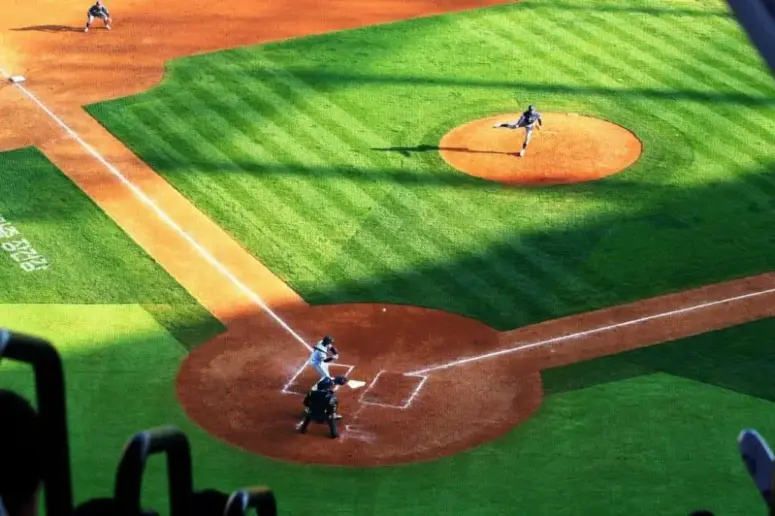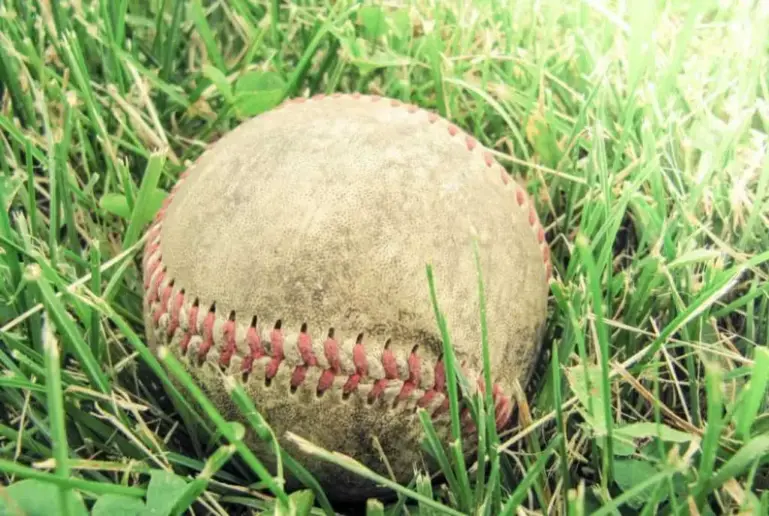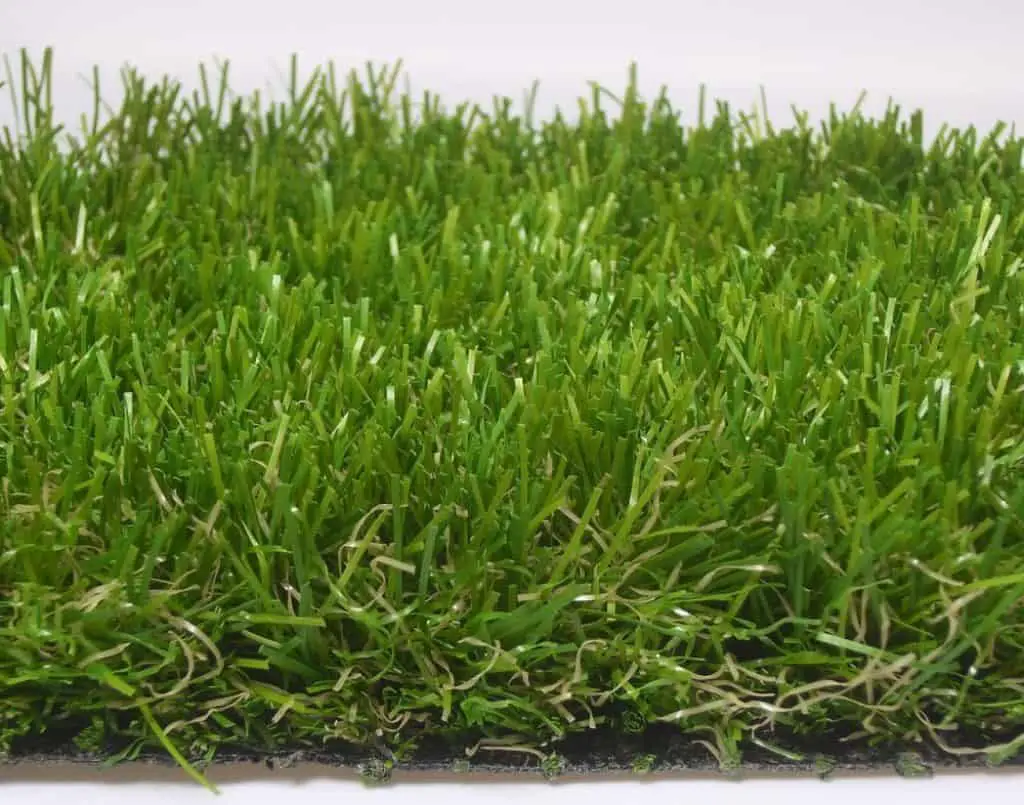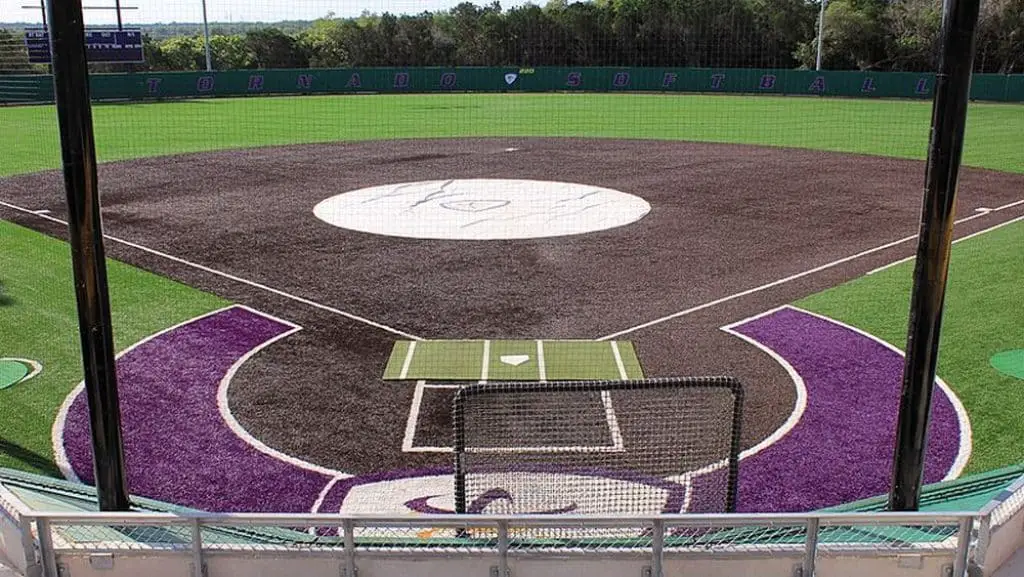Why do Baseball Fields have Grass Infields? (3 Reasons)
A big part of our enjoyment in a baseball game is the wonderful sight of lush green grass covering the baseball field.
The grass field is a part of baseball tradition, ingrained in our brains and inseparably connected to the picture of a baseball game in our minds.
At one point, most of the pro baseball fields were covered in grass in their entirety.
Today, baseball parks, especially at higher levels of the game, are mostly all grass, except for dirt basepaths, warning track, and pitcher’s mound.
However, ballparks used for youth games often feature dirt infields. Softball fields, too.
So, it’s fair to ask if the grass is even needed, what role it played, and, finally, why do baseball fields have grass infields.
It can’t be just because it looks nice.
Below, I’ll dig deeper into this and explore the reasons why the baseball infields are covered in grass.
Table of Contents
Why do Baseball Fields have Grass Infields?

There are a couple of reasons why most of the baseball infields are covered in grass.
Tradition
The first reason for grass-covered infields is tradition.
It’s just the way fans feel that the baseball field should look like and how it has looked like throughout most of history.
Baseball purists wouldn’t have it any other way and the potential of their favorite team playing on dirt infield would certainly be met with a lot of resistance.
Some of them even frown upon the notion of artificial turf on baseball fields.
Furthermore, they feel that the grass and dirt stains on the infielder’s uniforms are a badge of honor that shows how hard he plays.
Grass Slows the Balls Down

Another answer to why do baseball fields have grass infields is how the balls react in contact with grass.
Most ground balls make the first bounce off the grass. Nowadays, balls fly off the bat at high velocities, even when they’re just ground balls.
Unlike dirt, the grass surface slows the ball down due to less friction. This allows infielders to catch the ball easier and helps the rhythm of the game.
More Even Playing Surface
In addition, after a few innings of running across the infield, players’ cleats can make the dirt infield rather uneven, with multiple bumps and creases.
This can cause the ball to bounce and move across the infield in an unpredictable way.
Grass surface, although not fully predictable, still offers more consistency in ball bounce and movement which is necessary for infielders to successfully perform their jobs.
Do all MLB Fields have Grass Infields?
As I already mentioned, no MLB ballpark features a dirt infield at the moment. The situation is not much different in minor leagues or in college baseball.
Nevertheless, not all baseball fields have a natural grass surface.
Several have their fields covered with artificial turf. The artificial surface is currently having a resurgence of sorts.
Not so long ago, a large number of MLB teams played on this kind of surface. However, after a while, most of them returned to natural grass.
But, the artificial surface has made a comeback in the last couple of years.
Right now, it covers the ground at 5 MLB ballparks, while the others are still sticking with natural grass.
The 5 MLB fields with artificial grass are:
- Chase Park (Arizona Diamondbacks)
- Globe Life Field (Texas Rangers)
- LoanDepot Park (Miami Marlins)
- Rogers Centre (Toronto Blue Jays)
- Tropicana Field (Tampa Bay Rays)
Turf vs Grass Baseball Fields – What’s the Difference?

The decision of which type of surface will be featured on a baseball field depends on many factors.
When deciding where to have artificial turf or natural grass, teams have to think about the climate in their area, costs of installment and maintenance, durability, finally which will be safer and more playable for their players.
Installment and Maintenance Costs
The construction of natural grass fields is cheaper, but it costs more to maintain.
The construction of a natural-grass field involves ground preparation, grading, installation, labor, and may cost between $0.60 and $8.00 per square foot.
The costs of installing an artificial turf include excavation, drainage, the base layer materials and installation, irrigation, drainage and irrigation, carpet and infill materials, and labor.
In most cases, it comes out to $6.00-$10.25 per square foot.
When it comes to maintenance, the cost for an artificial turf field rarely exceeds $10,000 per year for an average field.
On the other hand, maintaining a natural grass field can easily cost $30,000 or more per year.
Climate Conditions
For ballparks in areas with a particularly wet climate, artificial turf is probably a better choice.
The porous surface structure allows water to drain away quickly and provides playable conditions even during bad weather.
When it comes to heat, synthetic turf materials react faster to hot conditions and can have a surface temperature of up to 183 F on very sunny days.
On the other hand, natural grass is a temperature reducer and the surface temperature rarely exceeds 85 F.
Player Safety
An important factor when deciding on a type of field is how much of an injury risk it is. In general, the more even and durable artificially turf surface will lead to fewer injuries to players.
There are no potholes or uneven parts of the surface where players can test their ankles or have other injuries.
However, some other injuries, such as “turf burns” are much more common on artificial turf compared to natural grass.
Why do Softball Fields have no Grass?

The softball field is smaller, with less distance between bases. This means that the infield, where the most action takes place is also smaller.
Infield players often have to start running, stop, or change direction in a split second.
The dirt infield gives them more traction and better grip, helping them to stay on their feet and avoid injuries.
In addition, the dirt surface speeds up the balls coming off the bat.
In softball, balls are bigger and a bit softer than in baseball, so on dirt, they move faster and have more chances of reaching the outfield.
This improves the pace of the game and makes it more interesting.
Finally, dirt fields are cheaper and easier to maintain. There is a lot less money going around in softball than in baseball, so this is a pretty important factor.
Conclusion
Grass infield is a part of baseball tradition as much as any other aspect of the game.
Nothing compares to the smell of the freshly cut grass on the baseball field mixed with the smell of hot dogs and beer.
However, as you can see, besides tradition, there are several other, more practical, reasons for the grass-covered baseball fields.
In addition, the grass fields of today are nothing like they were in the past.
Modern MLB ballparks feature grass fields that are constructed using the latest technology with state-of-the-art drainage and irrigation systems.
Current grass fields can withstand all but the worst weather conditions and provide safe and playable surfaces throughout the season.




